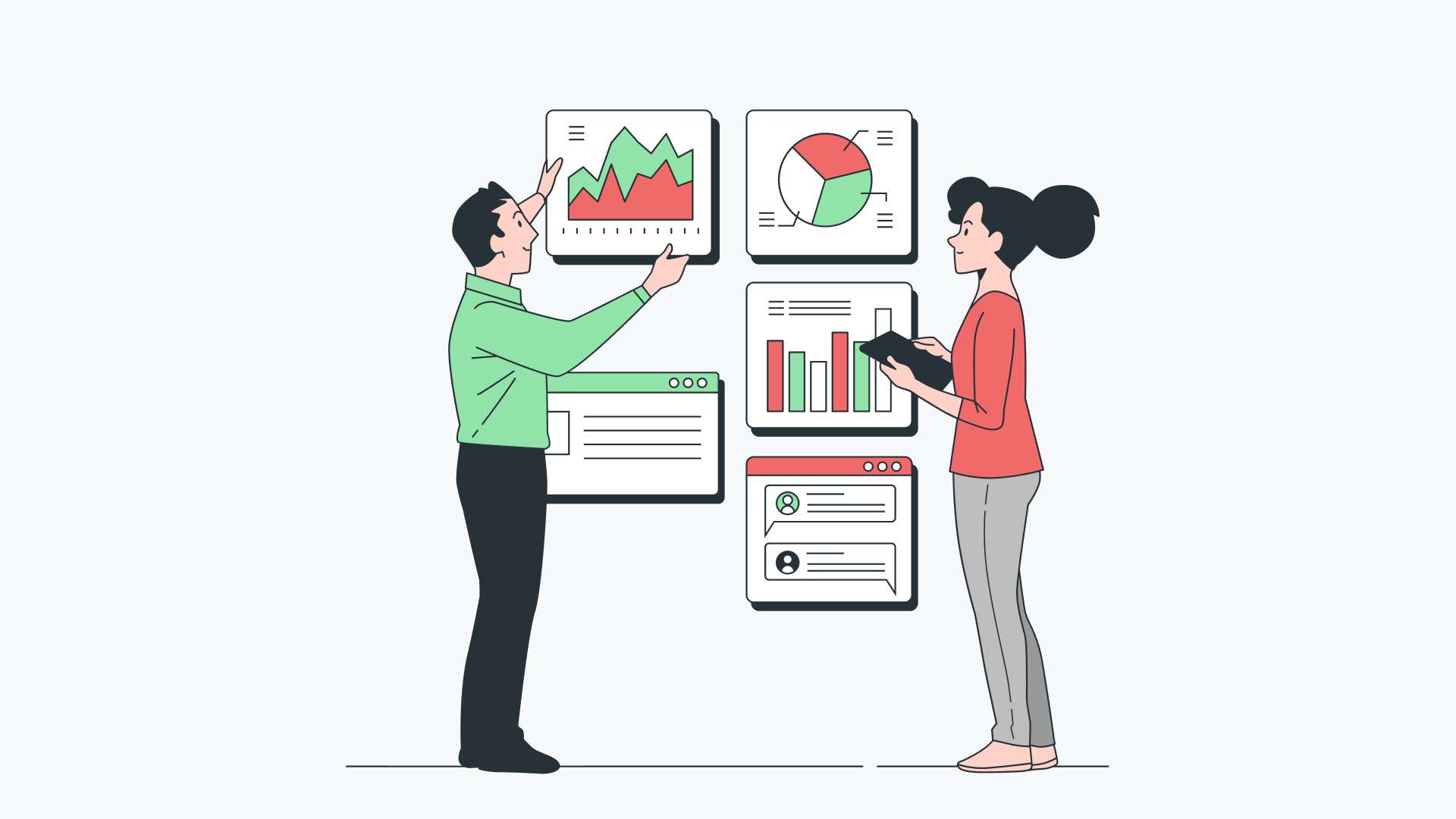Companies grow and develop the data flow and data lakes that contain structured and unstructured data in a complex form that one cannot utilise effectively. A capable enterprise resource planning system may not solve the problem or relieve the pressure. So, businesses started with finance-focused ERPs and wind up bolting on systems that store data like customer activity, information, and others that are more operational than strategic.
The data analytics efforts by several organisations hamper because their teams are bogged down with complex work. Enterprises streamline their analytics processes by taking advantage of automated data analytics.
Data Analytics Automation
Automated data analytics uses the technology and techniques to perform the analytical tasks with no human intervention. It is very beneficial to enterprises, especially when dealing with big data.
What are its benefits?
The application of automation in data analytics simplifies the management of data discovery, data preparation, replication, and data warehouse maintenance.
Automated analytics is different in complexity; they range from simple scripts that fit the re-established data model to the full-service tools that perform exploratory data analysis.
Data analytics automation can simplify decision-making and create applicable feedback mechanisms like analytics systems that regularly run on data studies.
It also provides better insights into analytic data.
Automation accelerates the speed of analytics. A data scientist can perform the analytics more quickly when analysis requires little or no human input, and computers can efficiently complete humans' complex and time-consuming tasks.
Automated data analytics helps in improvising the overall processes and systems. Running analytics manually often involves complex processes. Your analyst needs to mind all the exceptions while cleaning the data before the analytics and multiple coordination meetings should pass the data alongside different departments and employees. Automated data analytics skip this part which is prone to human errors.
When to automate Data Analytics?
Not every analytics task should get automated; you should analyse and list which processes to automate to save time and money. Before you start automating, check these:
-
Does the task have real value?
By automating a task, you could either solve a business problem or should, save some time to translate to relevant cost savings or offer the potential business growth by discovering some new revenue sources or cost savings. -
Is the task repetitive?
If you only build a custom report once, there is no need for automation. We often discover which parts of the process can be more easily automated through repetition. -
Automate tasks where you can reduce errors.
If building an automated system would cost us more than running the procedure manually, automating data analytics would be wasted time. The same applies to high-error prone processes, where human agents can outperform patter discovering machine learning algorithms. -
You have decided to improve the process iteratively
No automated system is perfect on the first go. You need to be prepared to iteratively improve automated data analytics if you want to become successful.
Now, it's time to think about how to automate data analytics?
What is the process for Automating Data Analytics?
The implementation of data analytics majorly depends on the level of automation you are expecting to implement.
Partial automation – Automation that supports the existing behaviour but removes the parts of manual workflows.
End-to-end production – automation setting up end-to-end systems to produce data products for human decision-makers to inspect and act on.
Full automation – Automating takes business decisions in real-time without any human intervention.
Based on the above three segments, you need to define your expectations by implementing the automation.
But,
How to get started?
Here are the steps:
Identify the process in analytical tasks. Use the check like finding value and repetitive ones, saving time and reducing errors and improvisations.
Set up your expectations as we discussed above.
Utilise the devoted platforms and tools to speed up automation.
Repeat and evaluate the things against the success criteria set up before. If successful, automate and do more!
Quickwork is the best no code automation platform. There is no need to have deep technical expertise, nor do you need a super technical development team to automate data analytics. All you need to do is sign up, register, and start building your simple journeys by integrating apps and automating the processes efficiently in an instant.
Connect with us to automate the data analytics and explore the possibilities for your business to grow.








